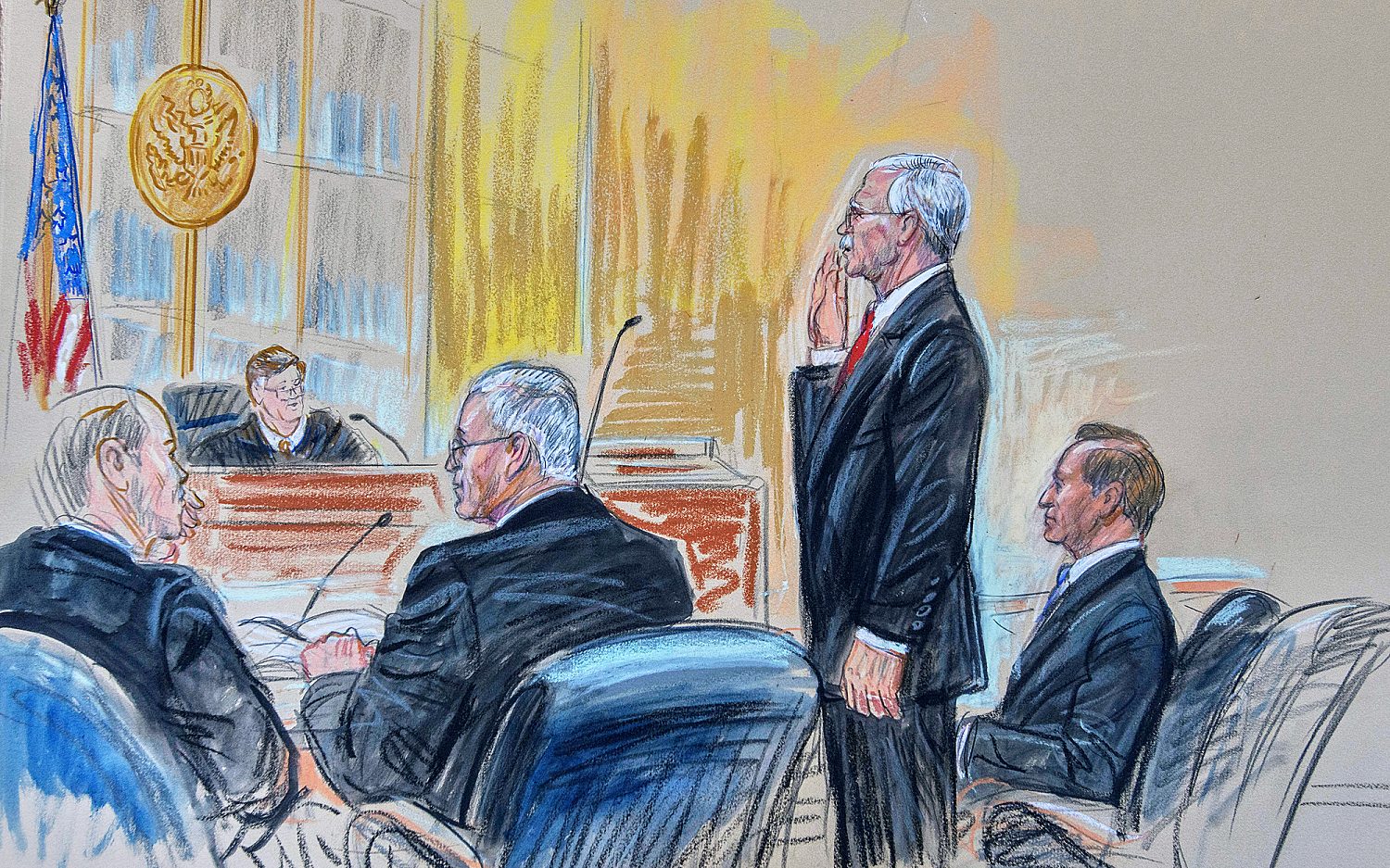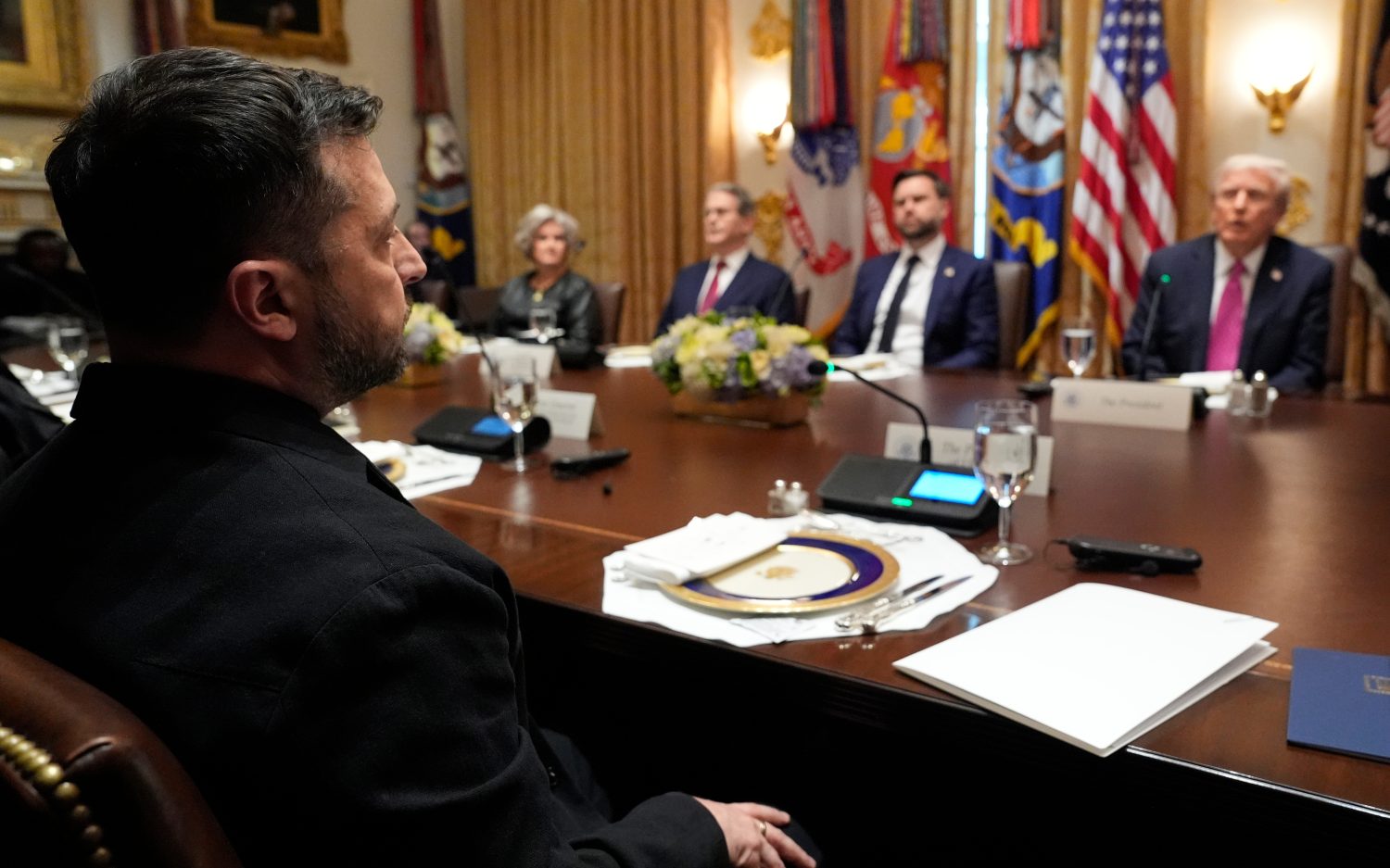The Bellboy: Jerry Lewis’ surreal tour de force
The comedian’s innovative 1960 directorial debut
The comic duo of Dean Martin and Jerry Lewis made its nightclub debut 70 years ago Monday (July 25, 1946). Martin and Lewis were an immediate hit, and their explosive popularity led to further nightclub appearances, a national radio program, a TV series, and—most famously—a seven-year string of movies for Paramount.
In 1956, the pair split —less than amicably. They continued with solo careers: Martin as a singer, actor, and TV host, and Lewis as an actor and director.
Lewis’ directorial debut came in the summer of 1960, with The Bellboy. This film, which Lewis both starred in and wrote in addition to directing, fully cemented his reputation as an iconic figure who could attain the same comedic heights achieved by silent-comedy stars (and innovative filmmakers) Buster Keaton, Charlie Chaplin, and Harold Lloyd.
It is difficult to summarize or even describe the cartoonlike Bellboy without resorting to listing its jokes. The film opens with a word from the “producer,” who explains (truthfully) that The Bellboy has no plot. Indeed, the film is simply a collection of gags and physical comedy that take place in and around a Miami Beach hotel. But all the while, Lewis creatively experiments with almost every element of filmmaking, including sound design, negative space, off-screen space, mise-en-scène, and editing.
Even as The Bellboy looks forward in its cinematic techniques (a number of Lewis’ innovations later were followed by other filmmakers), it also looks to the past. In many aspects, the movie is an homage to silent film comedy. To stress the point, Lewis’ titular bellboy doesn’t utter a word until the film’s final moments. Fans of silent comedies will note many references and parallels to the early days of cinema. Bill Richmond—the film’s co-writer—appears briefly performing an eerily accurate impression of Stan Laurel.
However, American films aren’t the only ones paid tribute to in the movie. While French love for Jerry Lewis is for the most part a mere myth, The Bellboy reflects the influence of French comedic filmmaker/actor Jacques Tati. This is evident not only in The Bellboy’s aforementioned lack of a plot, but also in the use of gags that rely on large and well-defined set pieces. The main divergence from Tati’s films is that unlike his recurring (and almost incidental) character, Monsieur Hulot, Lewis’ character in The Bellboy is at the forefront.
That isn’t to say that Lewis’ character occupies every frame of the film or that the movie doesn’t make digressions for other characters. The film has appearances by comedian Milton Berle (playing himself and one other character), the aforementioned pseudo Stan Laurel, various hotel guests, and even an appearance by Jerry Lewis! (While “the bellboy” is otherwise occupied, Lewis arrives at hotel as himself in a self-reflexive putdown that anticipates his Buddy Love character in 1963’s The Nutty Professor).
Behind the scenes of The Bellboy, Lewis innovated with a system designed to make it easier to direct himself. The “video-assist” system—a video camera mounted to the side of the film camera—enabled Lewis to view his performance immediately after shooting, without having to wait for the film to be printed in a lab. He could know right away which gags worked and which ones didn’t.
Soon, Lewis’ video-assist system was adopted in all film shoots. Although with the advent of digital technology the system has since become obsolete, the concept remains intact and is used in nearly every film production to this day.
The Bellboy is Jerry Lewis’ surreal tour de force, establishing the form he would follow in his later directorial efforts: nearly plotless, gag-oriented, and brilliantly conceived. In making The Bellboy, Lewis defined his style and his methods, and the film stands as one of the most innovative and important movie comedies.
An actual newsletter worth subscribing to instead of just a collection of links. —Adam
Sign up to receive The Sift email newsletter each weekday morning for the latest headlines from WORLD’s breaking news team.




Please wait while we load the latest comments...
Comments
Please register, subscribe, or log in to comment on this article.